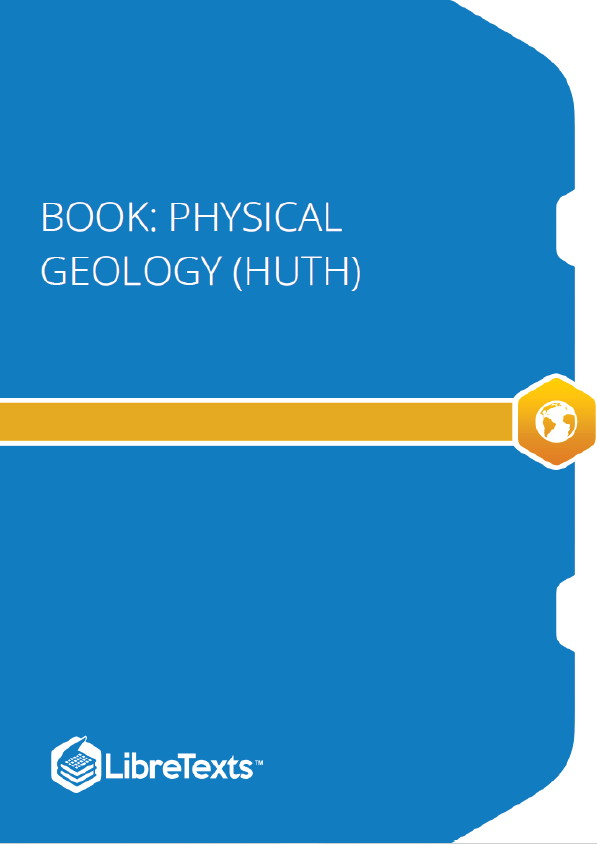Welcome to Physical Geography! Geography is an exciting subject that focuses on the spatial distribution of natural phenomena and the interaction of humans with the natural world. Geography is much, much more than simply memorizing the names of state capitals and major rivers. Geography looks to explain and understand the natural world that we live in. The four major questions that every geographer asks when trying to understand a problem are: Where is it? Why is it there? How did it get there? How does it interact with other things? This course in physical geography will provide you with the tools to better understand the spatial distribution of natural phenomena. By the end of this course, you will be able to explain why San Francisco is always cold and foggy, why we have earthquakes and what causes seasons.
There is no one agreed upon description of the scientific method. Imagine for a moment what the world would be like if there were: there would be a totalitarian set of procedures, a recipe, which if obeyed would yield fact! By now, most of you have probably had enough exposure to science to realize that this would not work for long. The scientific method is an umbrella term for logical reasoning by which people explain unknown circumstances. One generalization of the scientific method is: Problem -> Idea of a possible solution -> Action. The ‘action’ in the scientific method is usually thought of as some sort of experiment. One methodology presented by Popper (1972) is P1 -> TT -> EE -> P2, where P1 is the initial problem, TT is the tentative theory (working hypothesis or trial application of a theory), EE is the attempts at error elimination with the tentative theory, leading to P2, additional errors or problems. Note that this methodology is not cyclic. P2 is the result of problems from TT (the tentative theory). P2 is then incorporated into TT, resulting in a different (or reduced) set of errors, EE, and P3, or a third set of residual problems. This can continue until the practitioner is satisfied with the explanation for the original problem.
One way in which you might apply the scientific method is to try to figure out why it rains. Your P1 would be ‘Why does it rain?’. You might observe that the sun is not visible when it rains, so your TT might be ‘It rains when the sun goes away’. Now you need to apply error elimination. Can you think of times when the sun is not visible, and it is not raining? Nighttime might come to mind. It sometimes rains at night (no sun), but sometimes it does not. So our EE would lead us to P2, thinking of what other things might block the sun. Our second round TT may lead us to think of clouds, which block the sun, and also are present when it rains. How might you continue this line of reasoning?
Applying the scientific method does not always yield the correct answer or explanation. For example, Nicholas Copernicus (1473- 1543) proved the heliostatic model of the universe (that the sun, not the earth, was the center of the universe). Copernicus’s heliostatic cosmology involved giving several distinct motions to the Earth, which he backed up with painstaking observations of the motions of the stars, sun and planets. While the Copernican theory was almost correct, it was later improved upon by Johannes Keppler.



